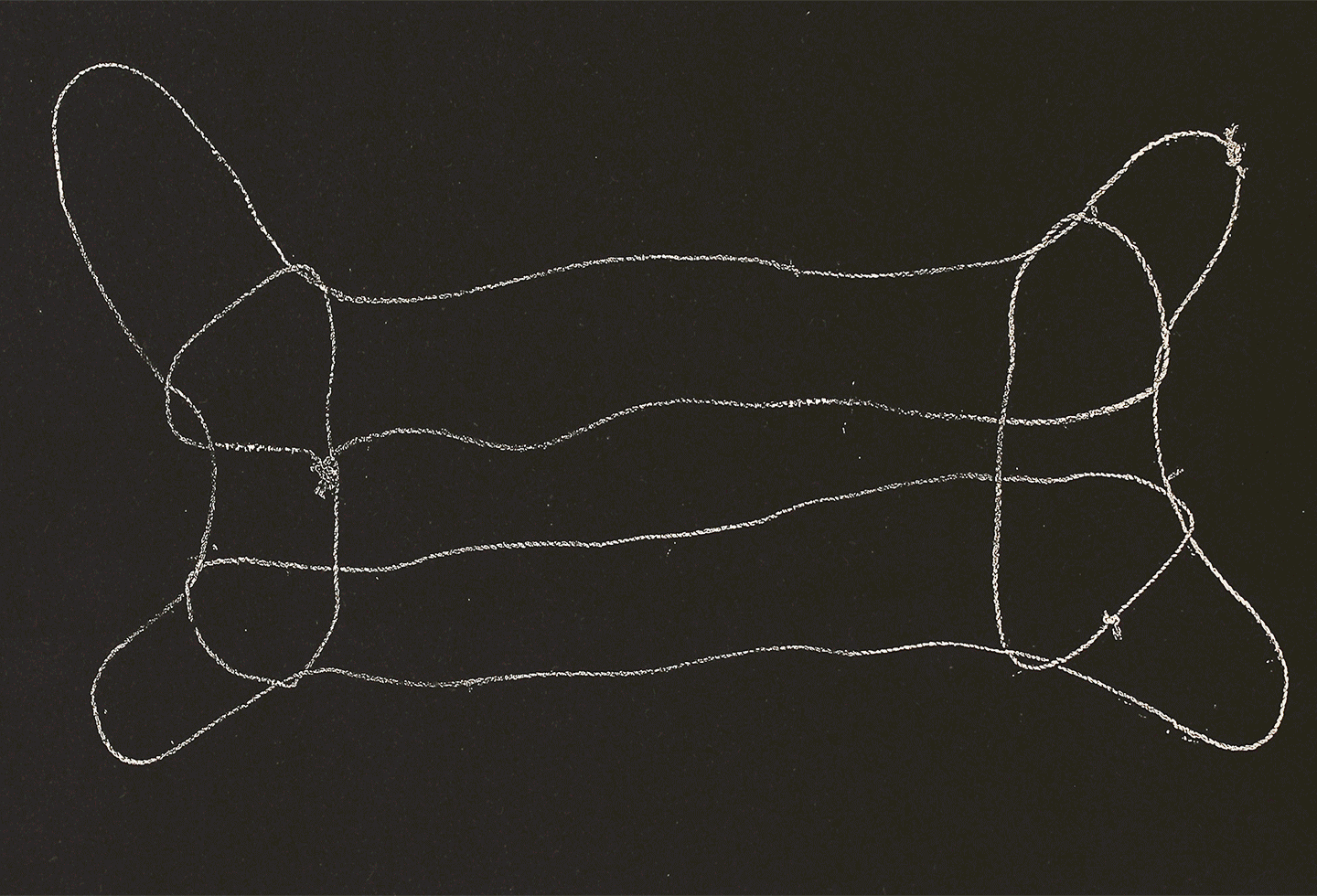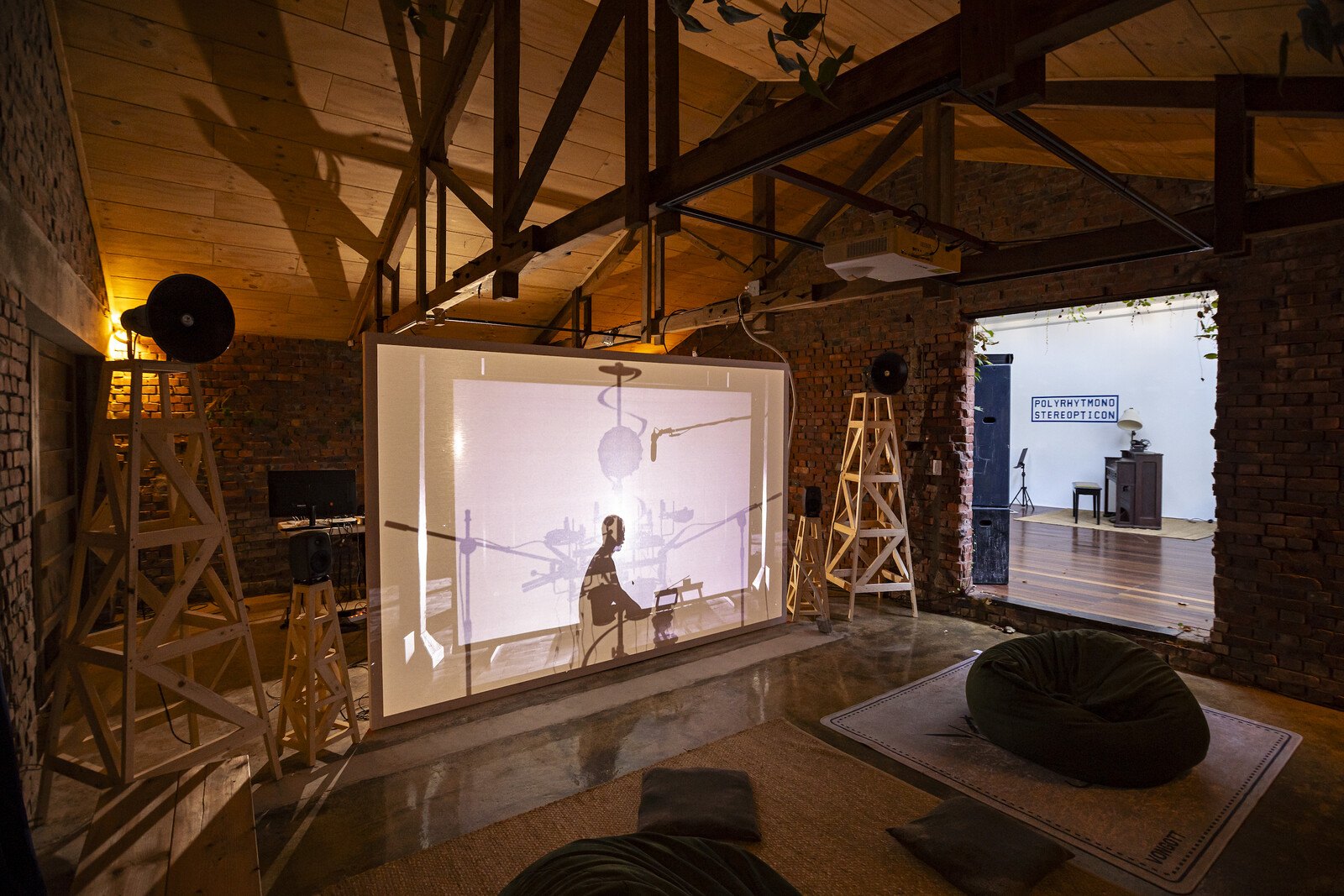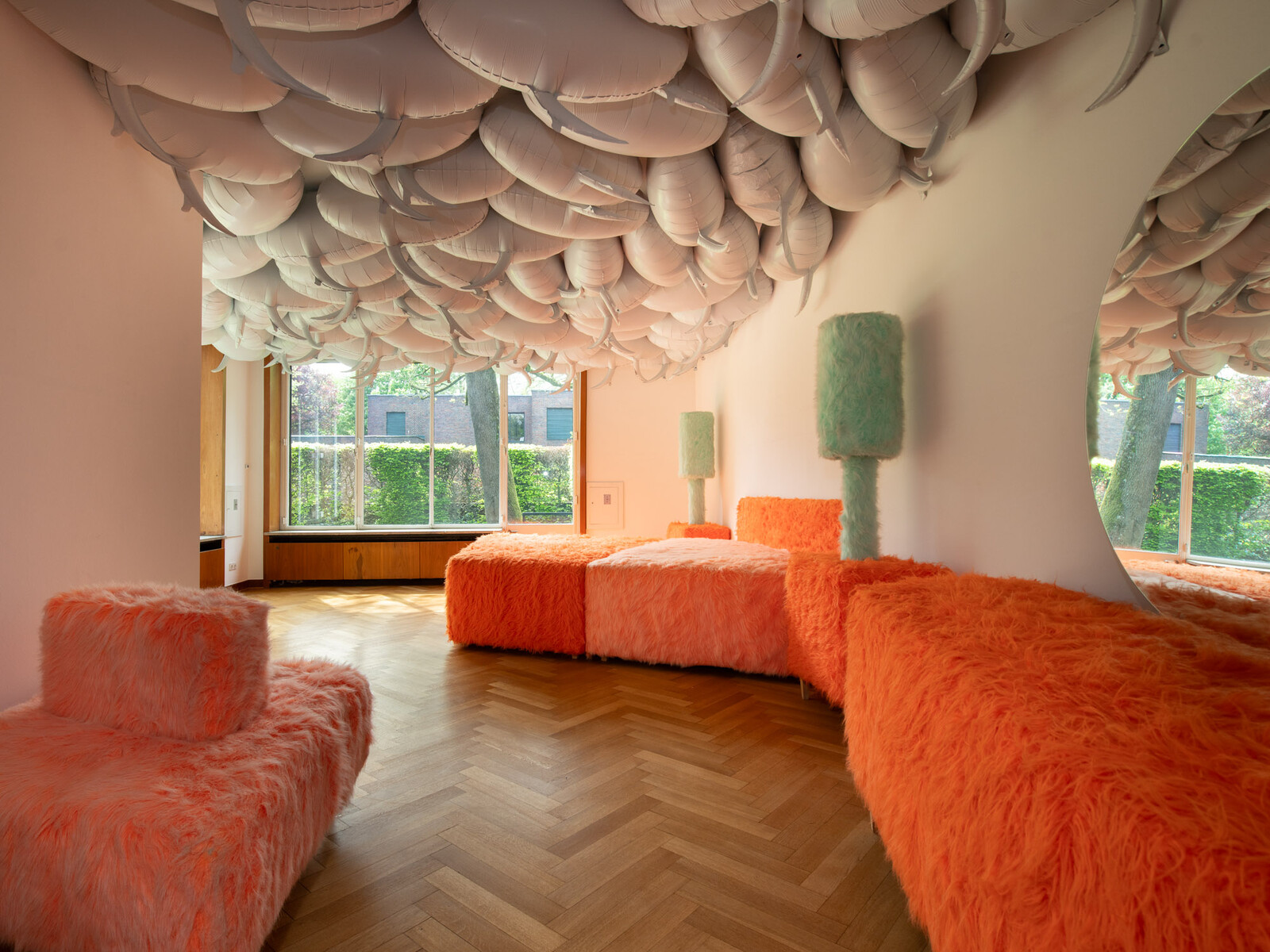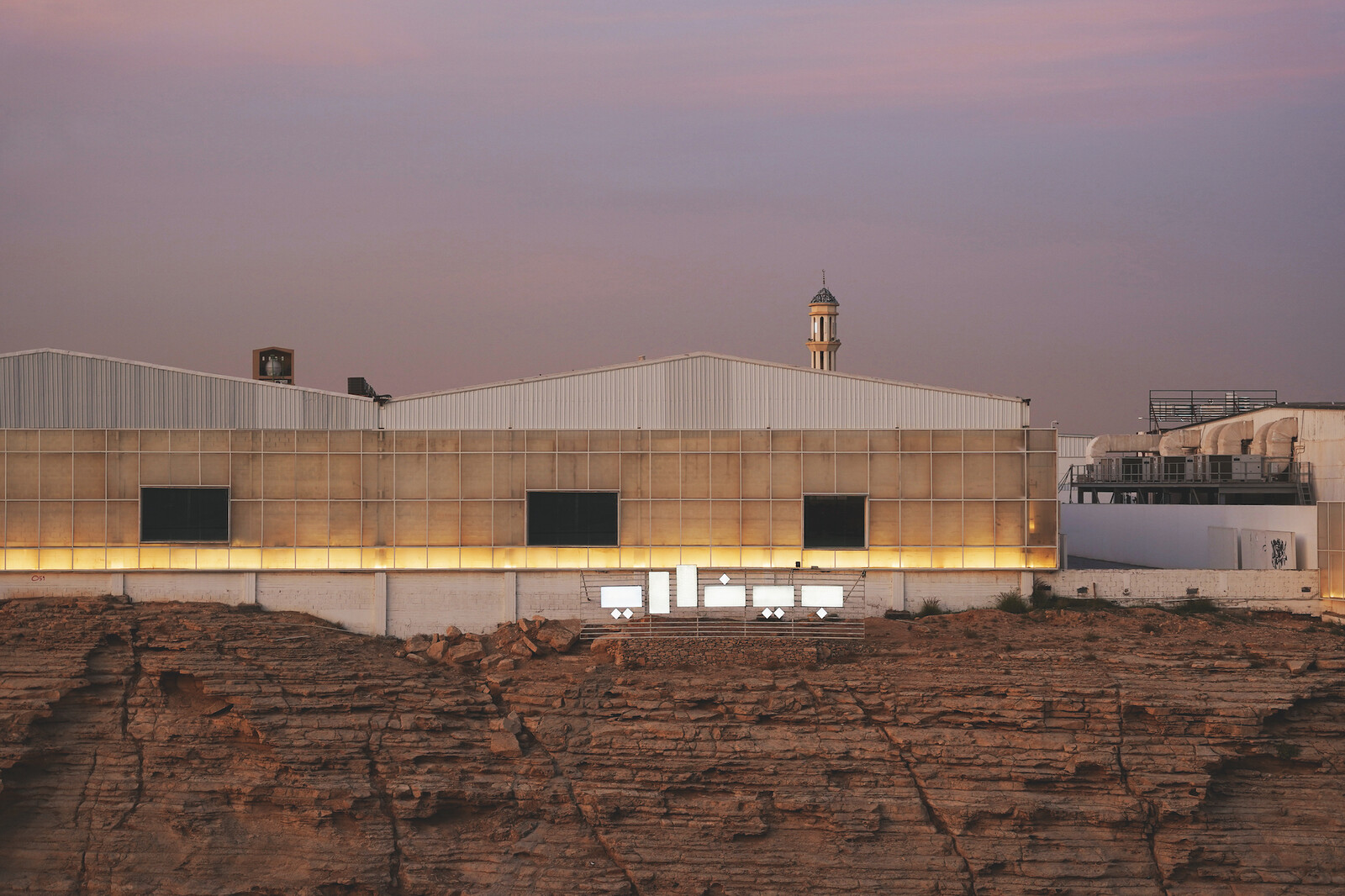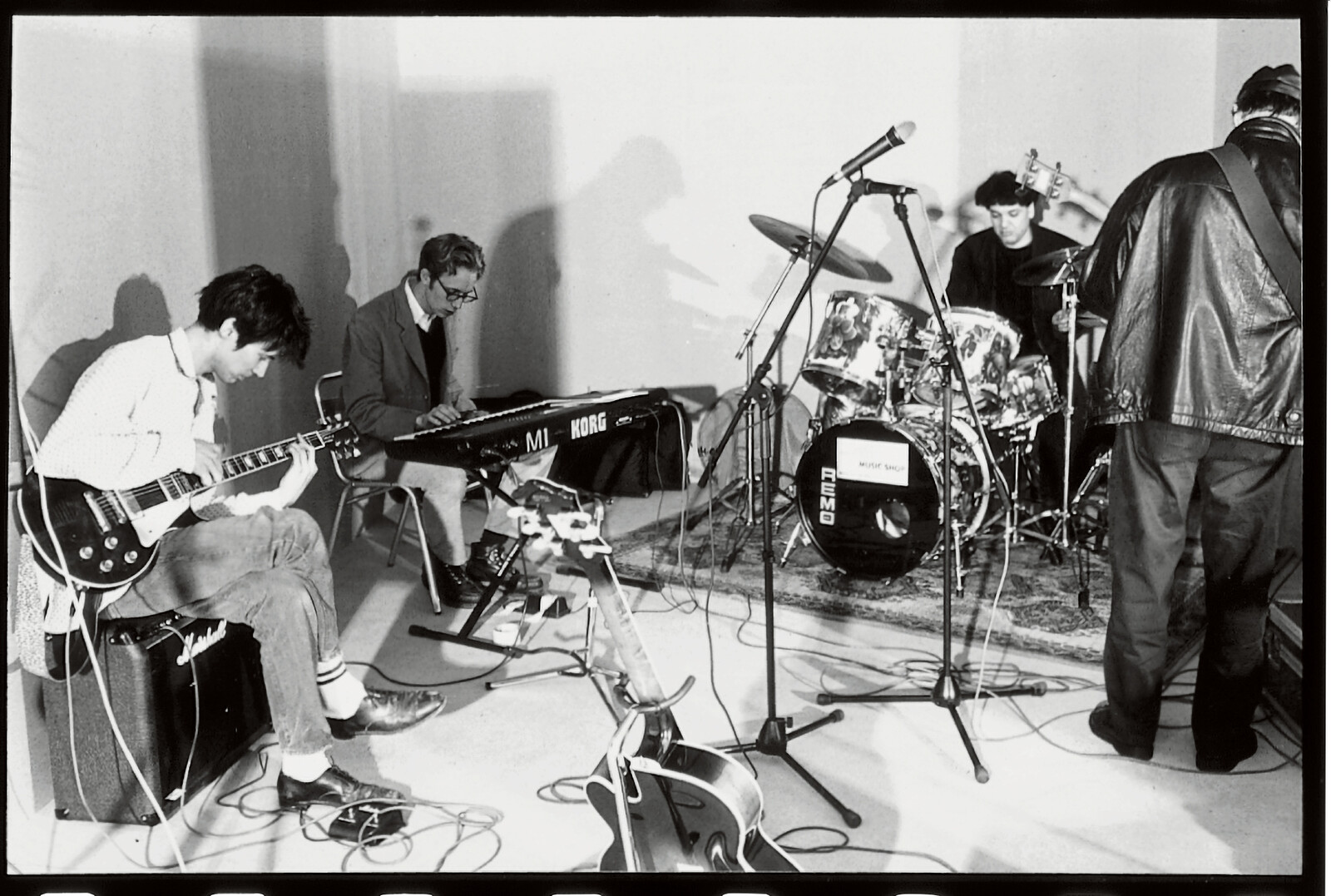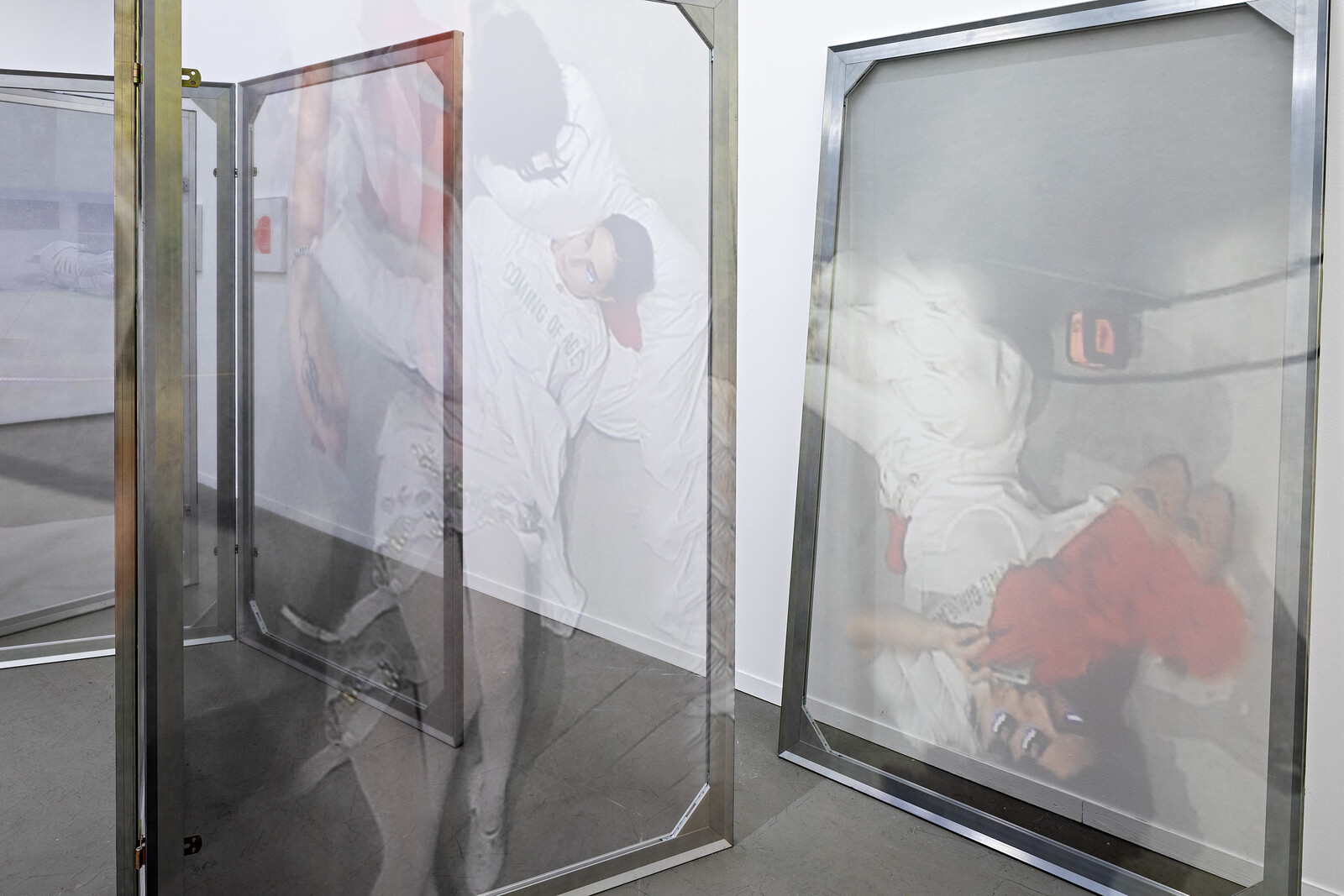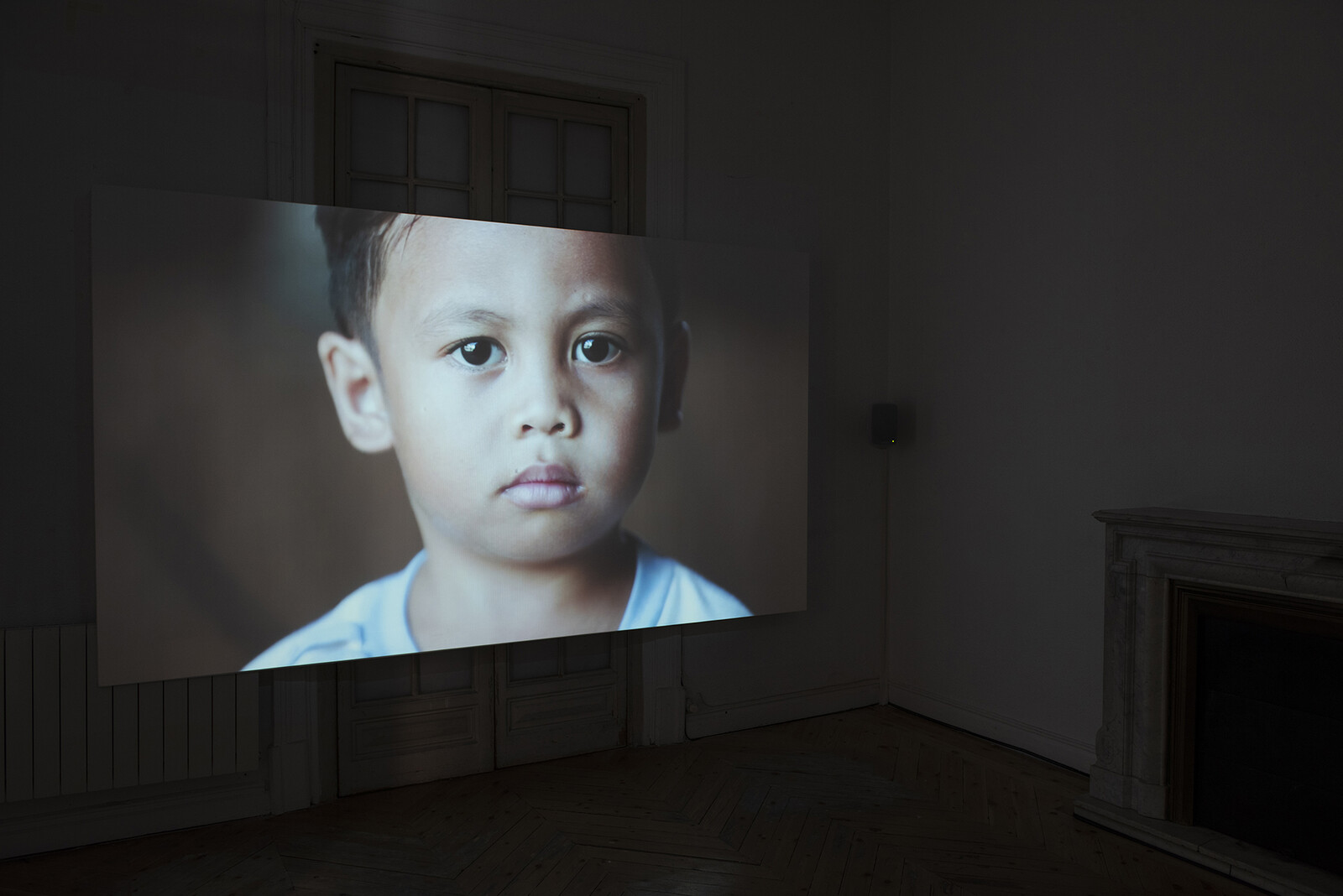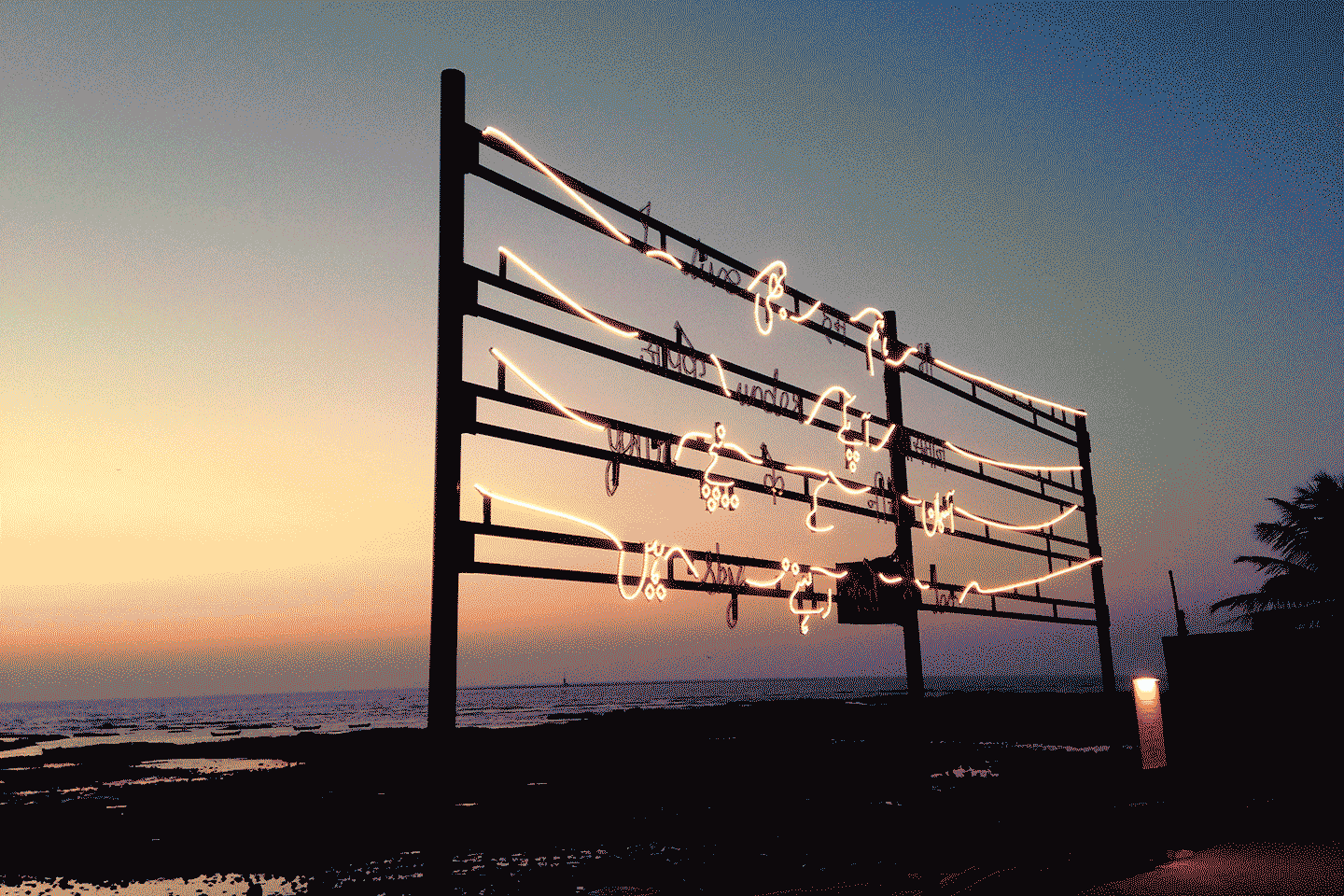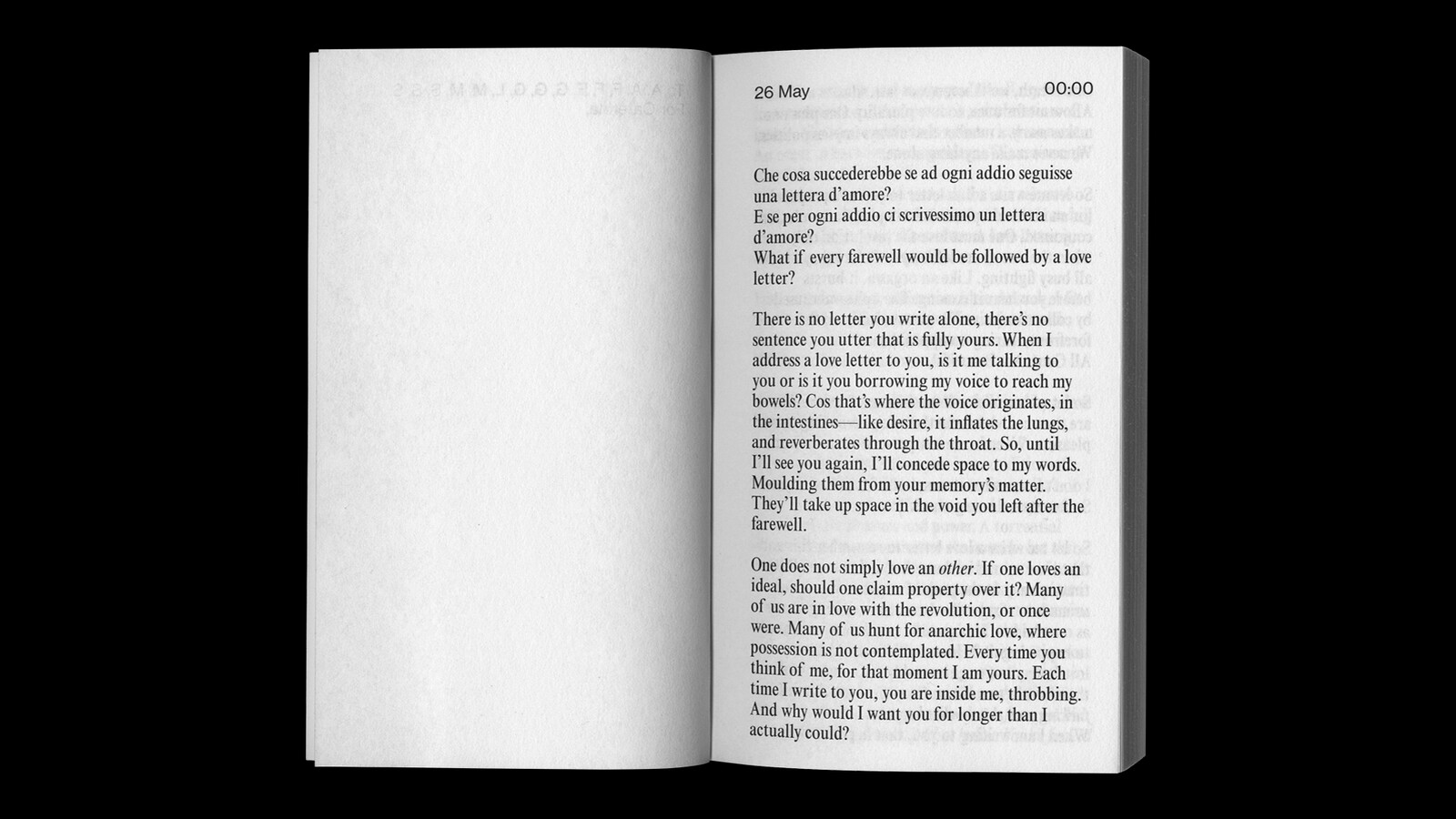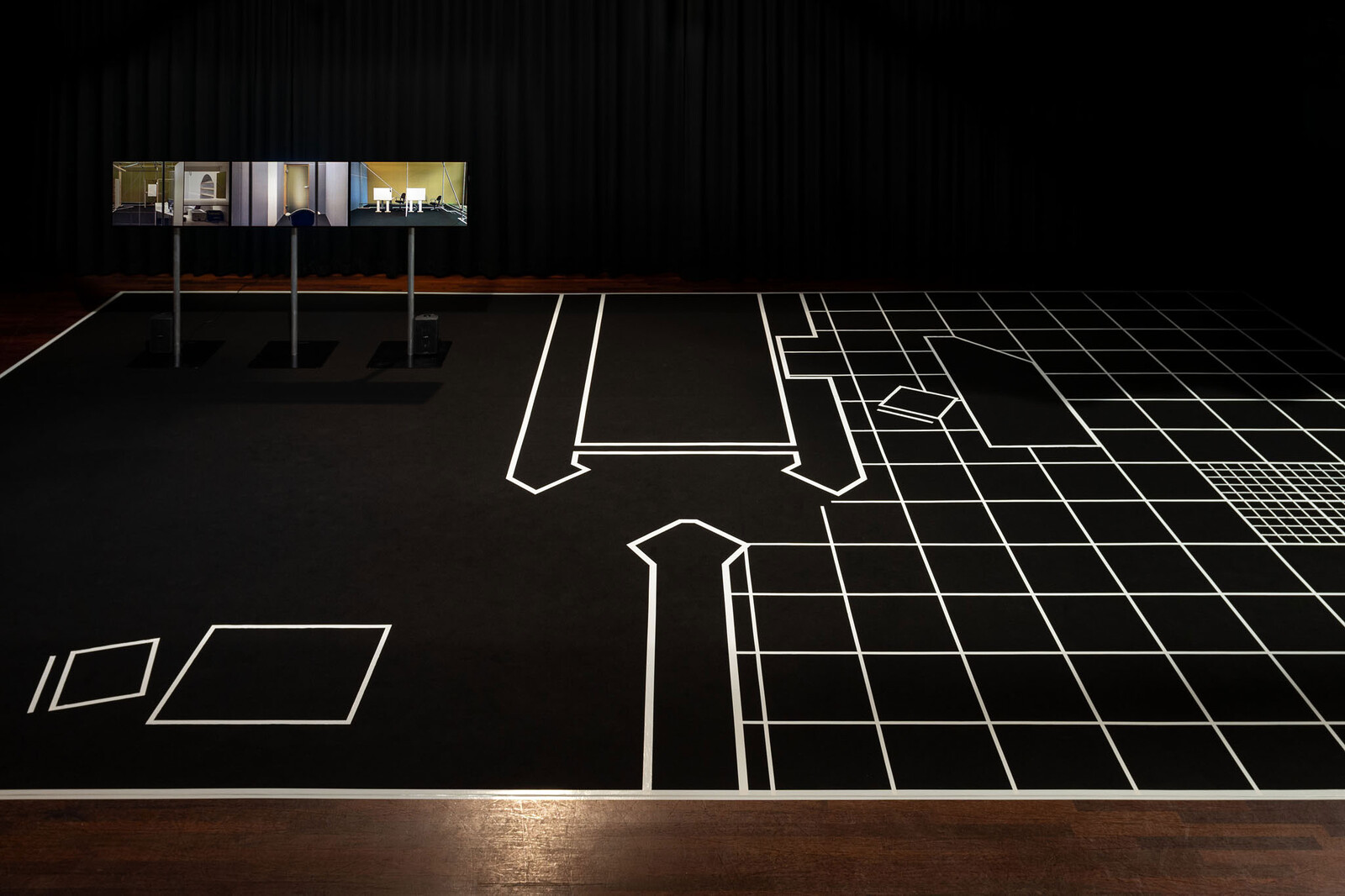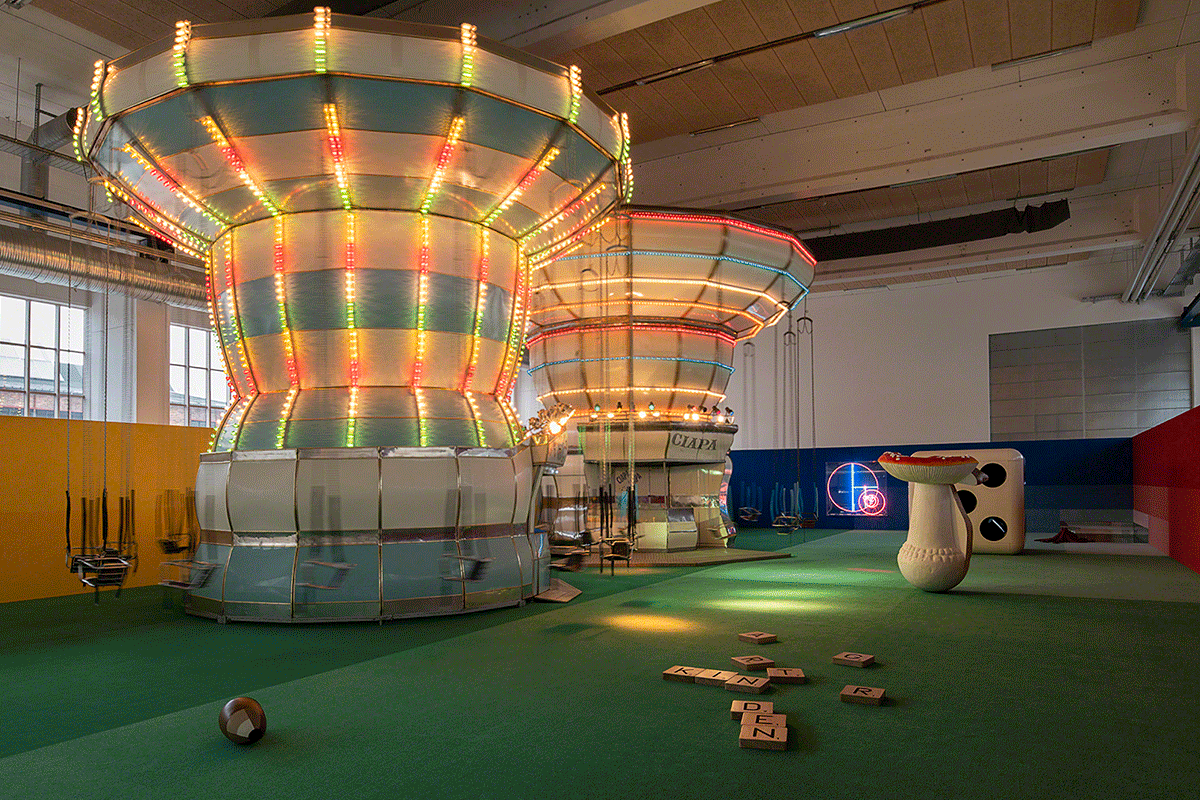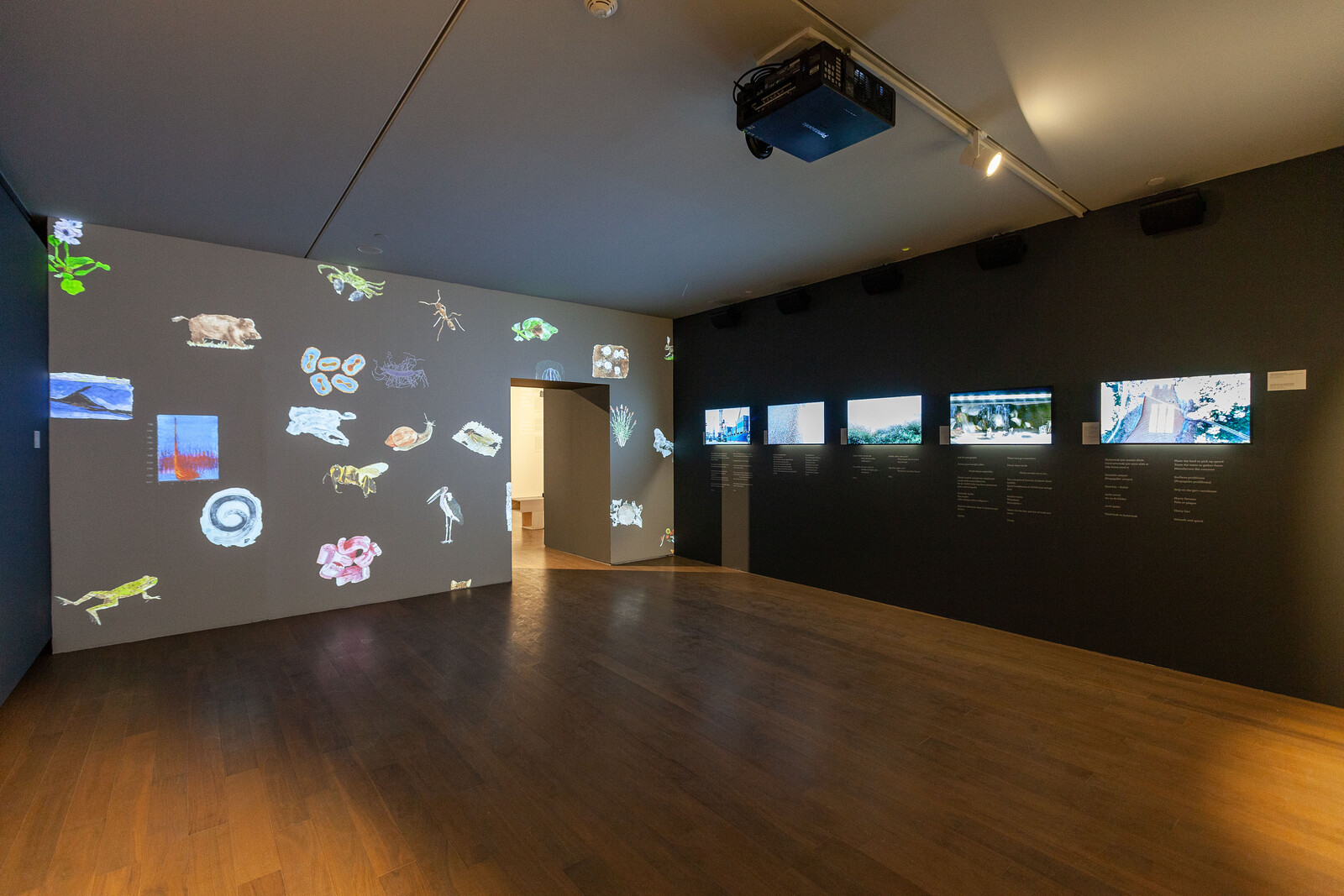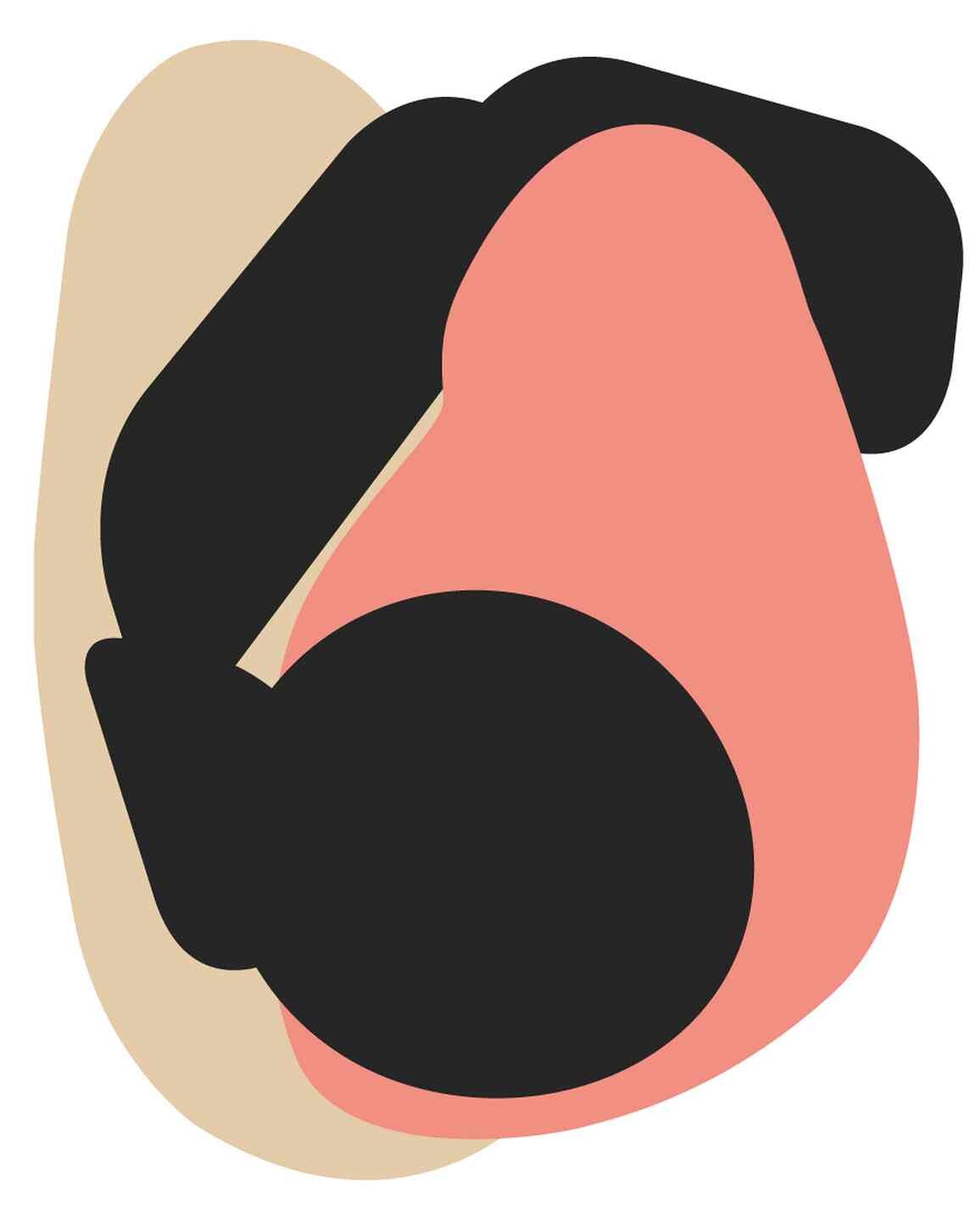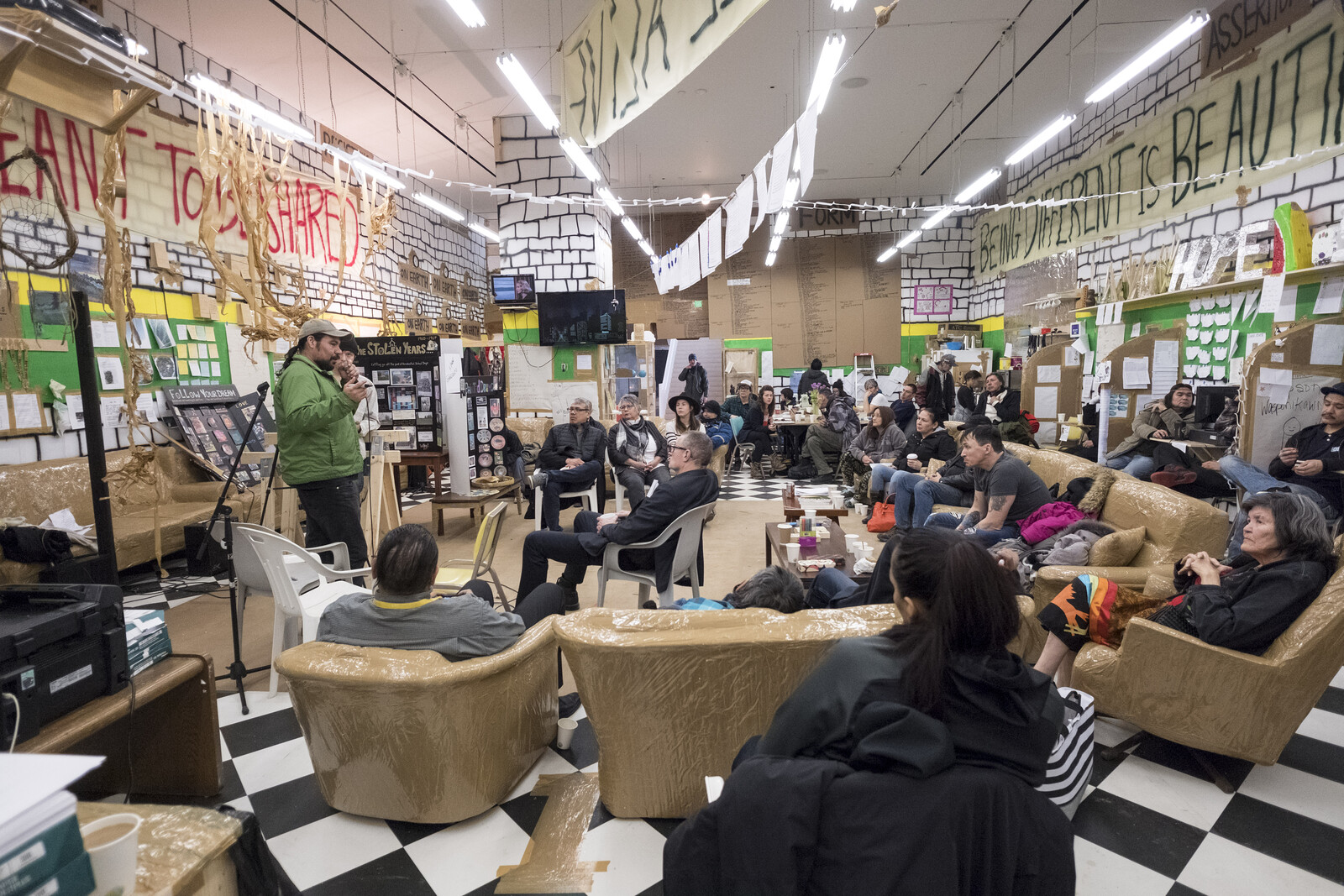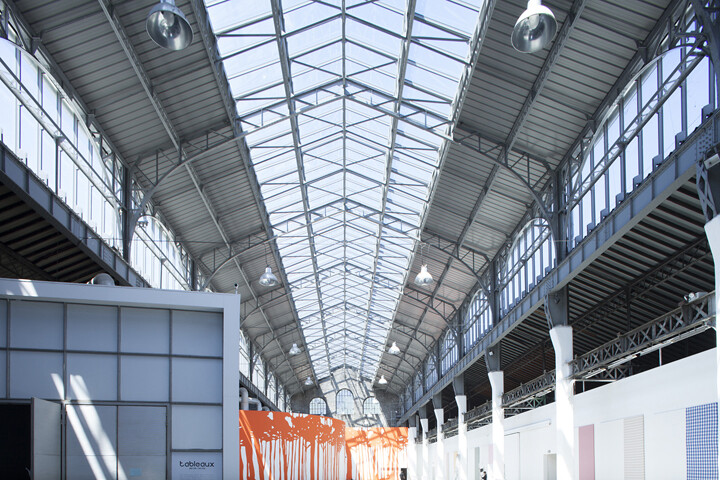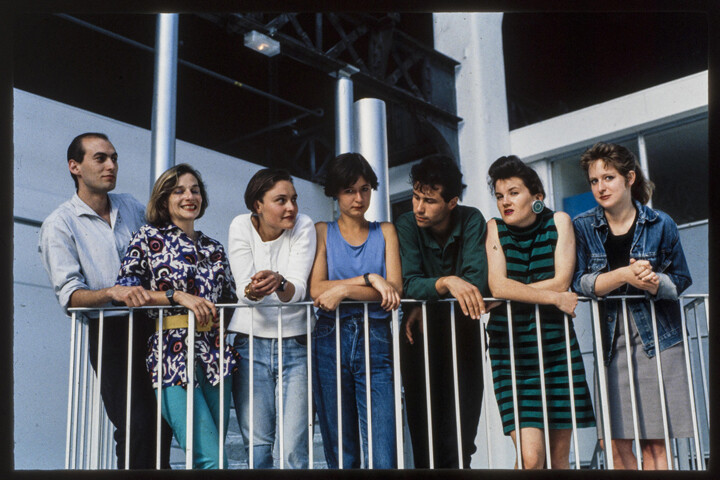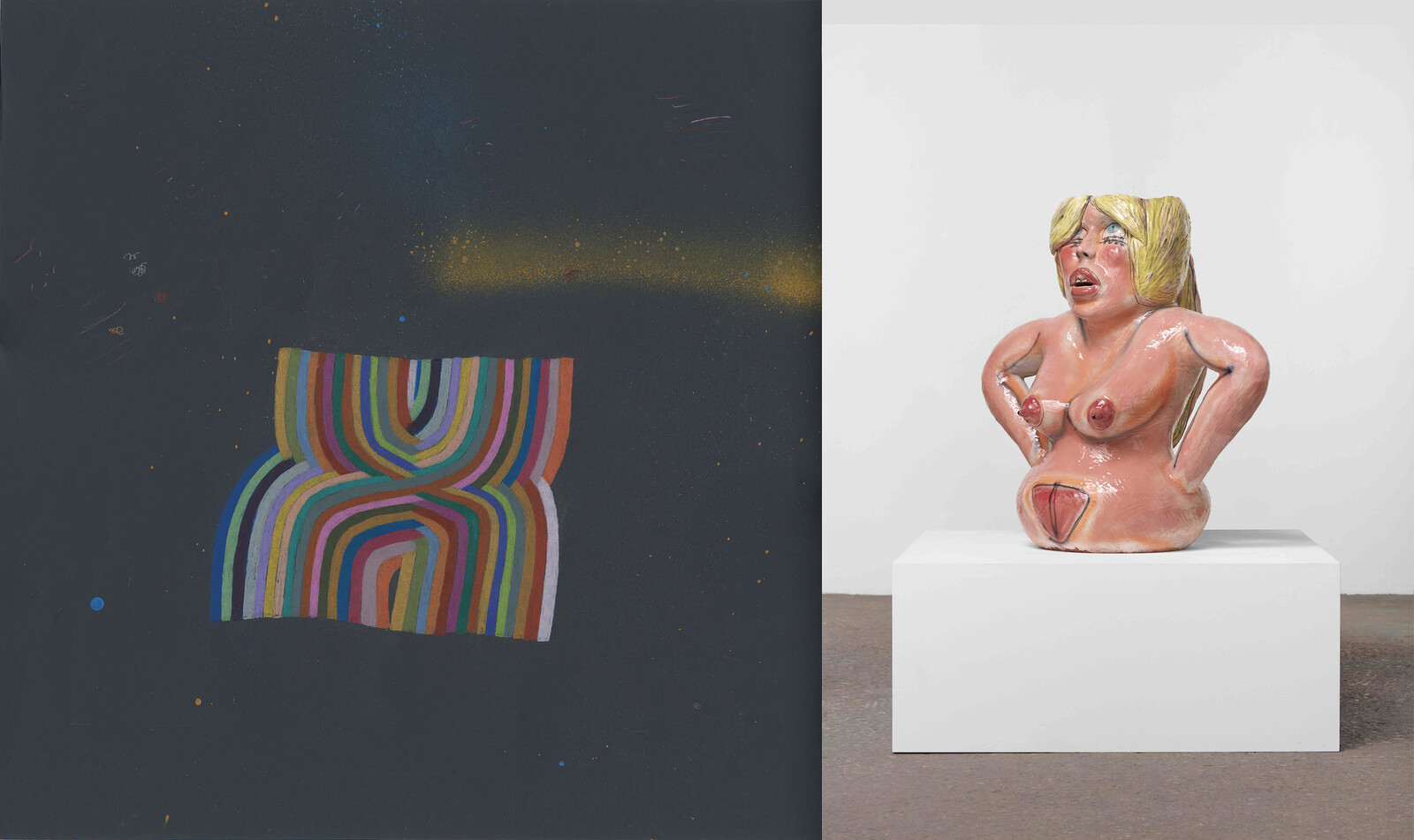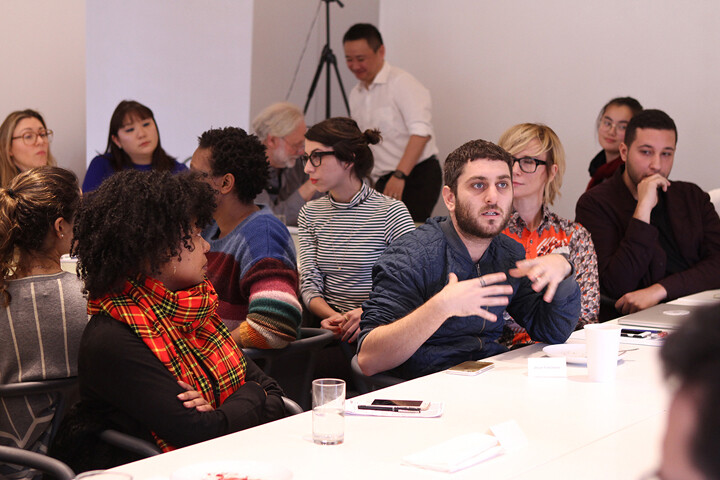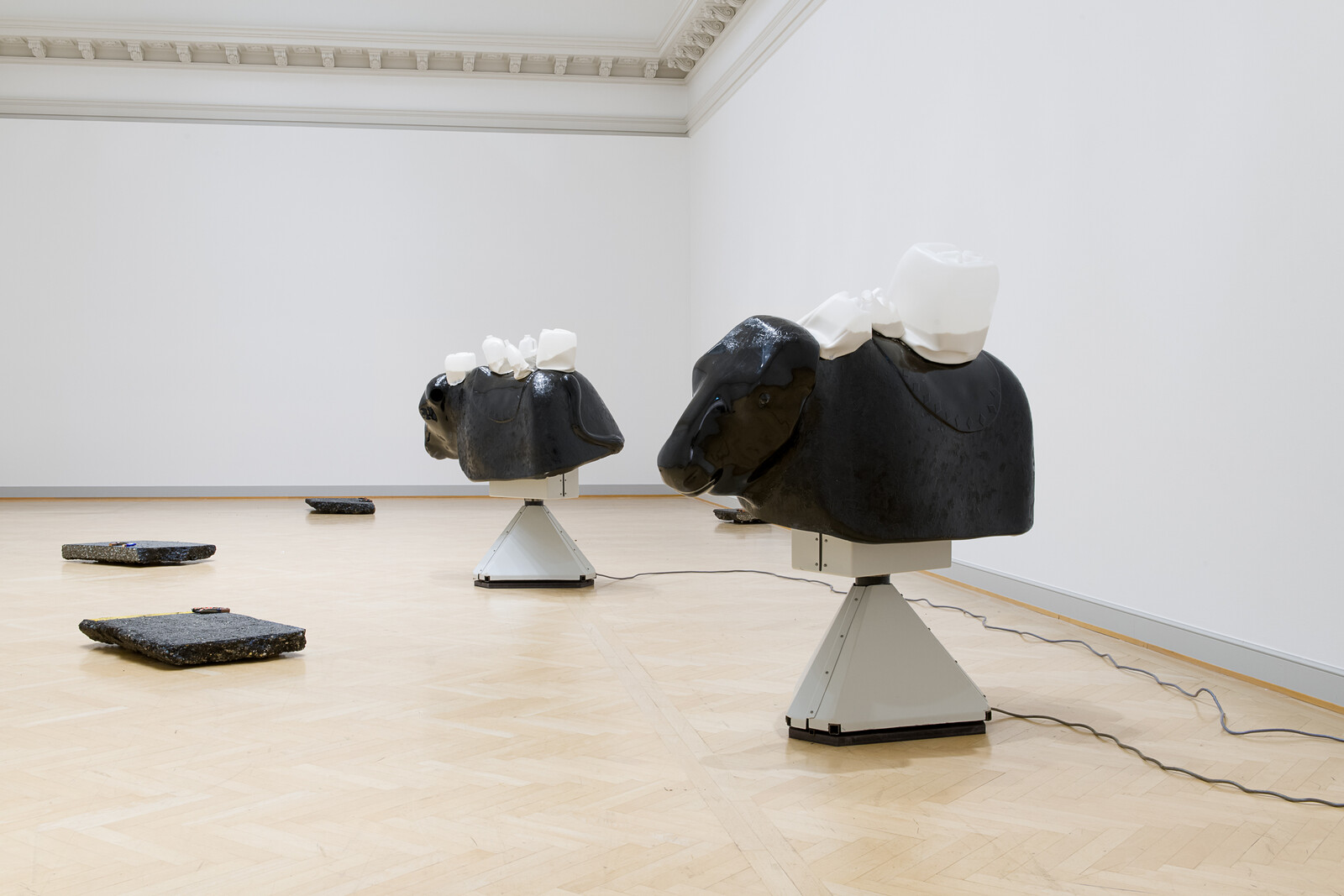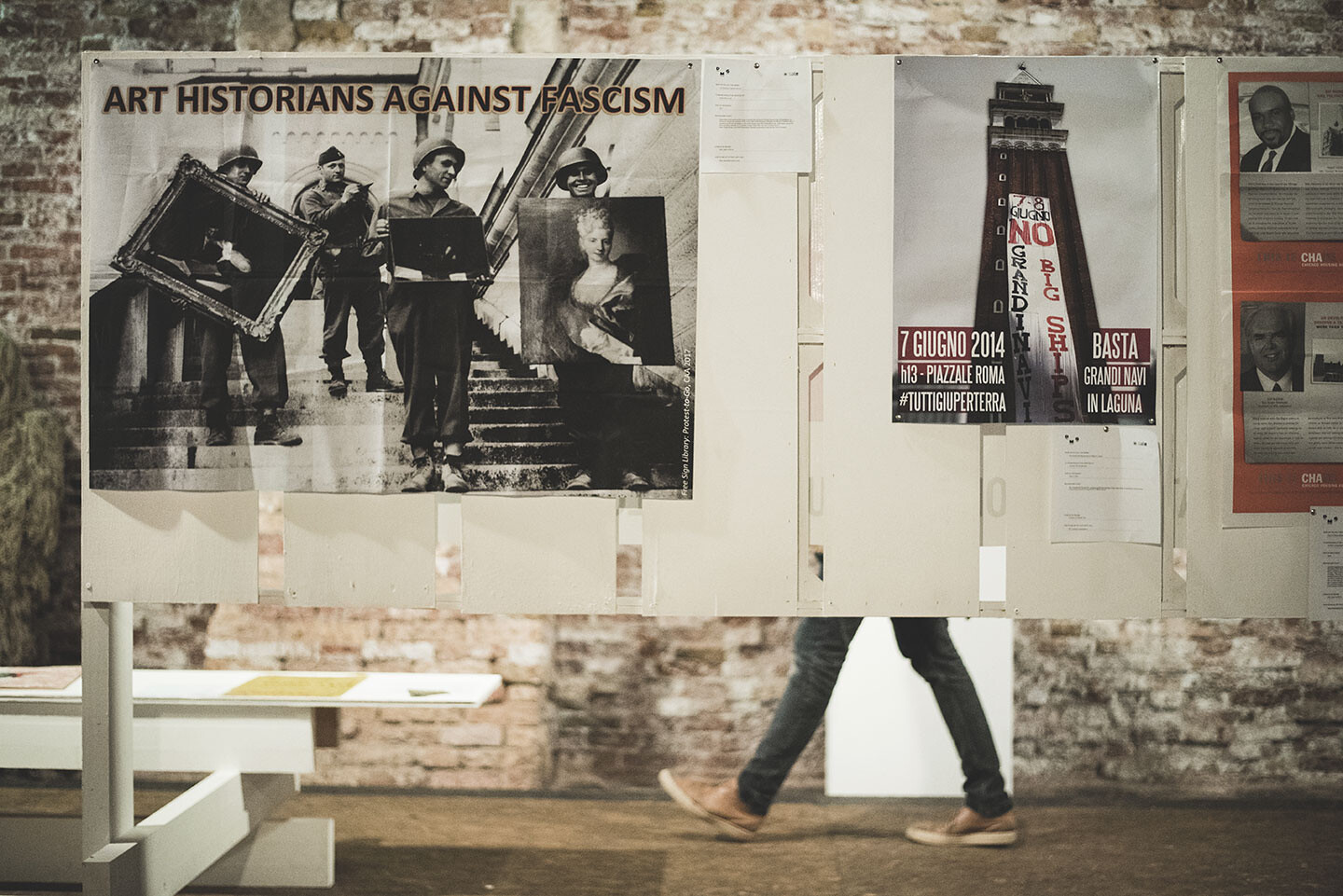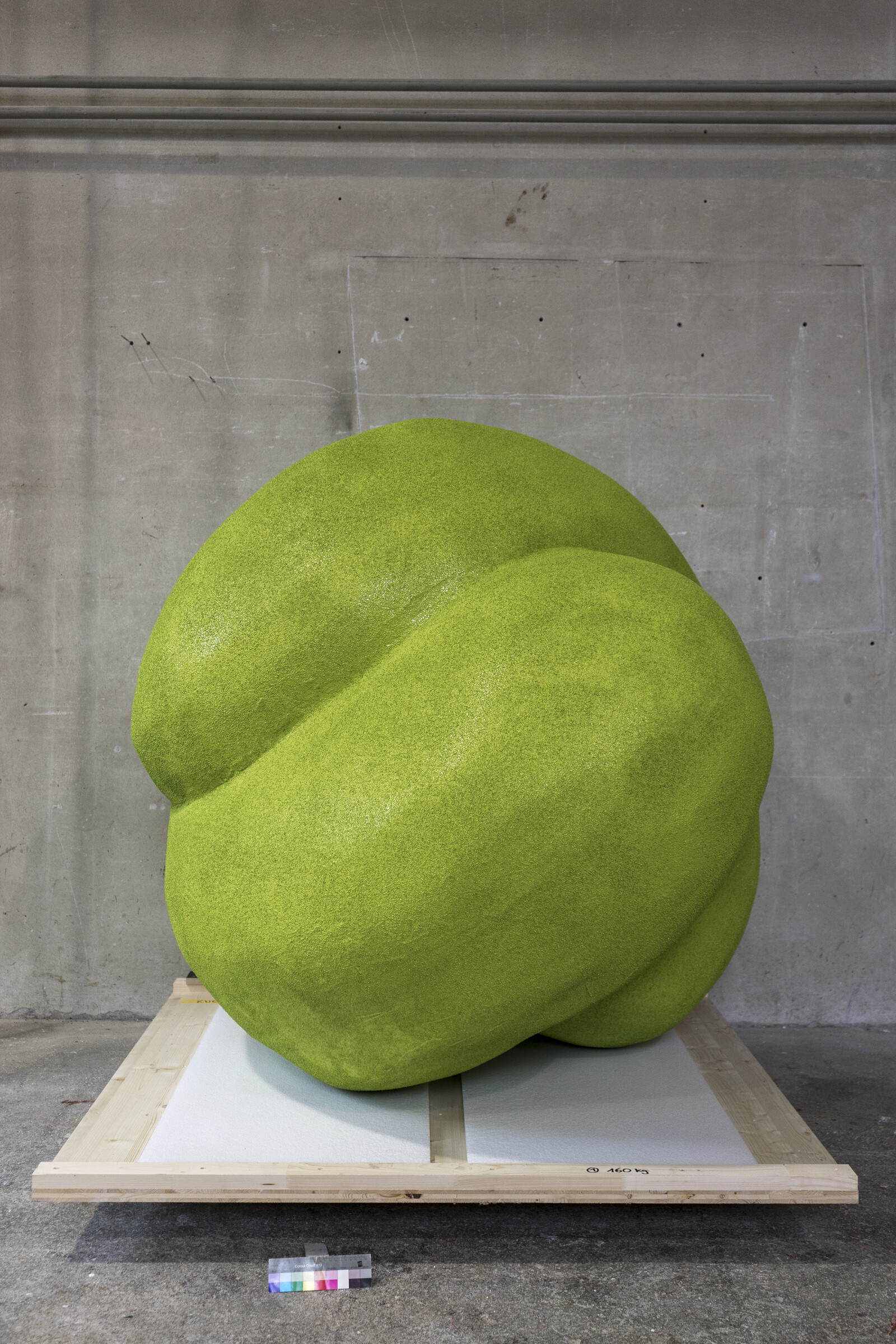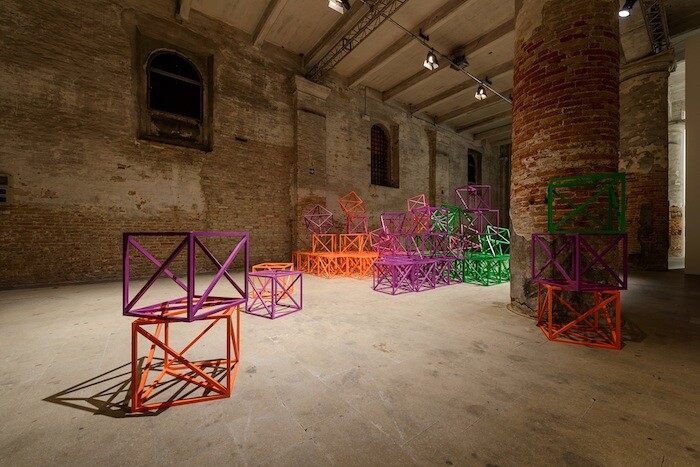It may seem like the pinnacle of frivolity to discuss formal concerns in the present state of exception, yet I would like to insist that form matters, vitally, more than ever. “Formalism,” of course, has long had a bad reputation. The term was weaponized both by Stalinists and by reactionaries in early- and mid-twentieth-century debates about modernism, with the frequent implication that modern art was devoid of meaningful content and social use value. The 1960s witnessed the greatest triumph and ultimate downfall of formalism in art criticism—although, in keeping with the term’s bad reputation, critics such as Clement Greenberg and Michael Fried did not necessarily self-identify as formalists, but rather as modernists. Today, after decades of Greenberg-bashing, a set of contemporary neoformalisms—in theory as in aesthetic practice—often conceives of form in social terms.
These kinds of artistic practices invest in the creation of social relationships that are on the side of the commons and against neoliberal dictates and reactionary populism (which are only apparently in opposition). When art chooses this side, it doesn’t adhere to an ideology; rather, it questions emerging ideological tendencies and operates according to a materialistic logic in order to realize the common through the free distribution of knowledge and means of production, as well as through the creation of new algorithms and the reinvention of institutional infrastructures. Beyond neoliberal capture and against populist recruitment.
